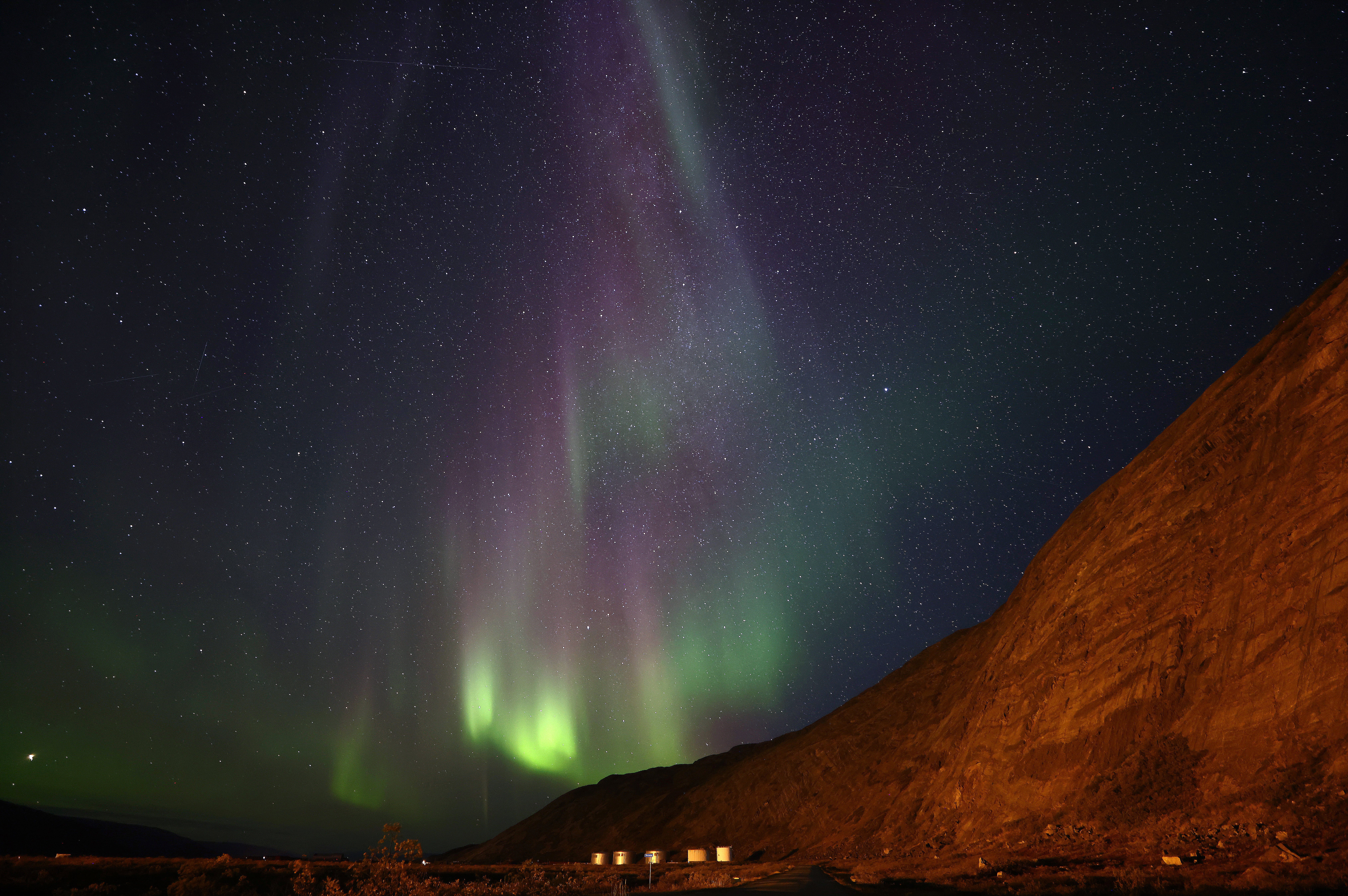The northern lights are going to be visible in the US this week. Here’s how to see them
Dramatic solar weather could bring a spectacular show to the night sky – so long as Earth’s weather doesn’t ruin it

Your support helps us to tell the story
From reproductive rights to climate change to Big Tech, The Independent is on the ground when the story is developing. Whether it's investigating the financials of Elon Musk's pro-Trump PAC or producing our latest documentary, 'The A Word', which shines a light on the American women fighting for reproductive rights, we know how important it is to parse out the facts from the messaging.
At such a critical moment in US history, we need reporters on the ground. Your donation allows us to keep sending journalists to speak to both sides of the story.
The Independent is trusted by Americans across the entire political spectrum. And unlike many other quality news outlets, we choose not to lock Americans out of our reporting and analysis with paywalls. We believe quality journalism should be available to everyone, paid for by those who can afford it.
Your support makes all the difference.A major solar storm could bring the northern lights to more than a dozen states in the US in the coming week.
An increase in activity on the Sun is set to rain down energised particles on Earth, colliding with our atmosphere and producing beautiful lights that could be visible across the sky.
Earth’s magnetic field protects us from those particles. But it also pushes it towards the pole’s of the Earth, meaning that the aurorae are usually only visible in the extreme north and south of the planet.
This week, however, the northern lights could be visible across the US – in Alaska and other states that might be expected, but also Oregon, Washington, Idaho, Montana, Wyoming, North Dakota, South Dakota, Minnesota, Wisconsin, Michigan, New York, New Hampshire, Vermont, Indiana, Maine and Maryland.
Those more southern locations might see less of the show, or not see it at all, and it will be lower on the horizon the further south the location. The visibility of the northern lights also depends on Earth’s weather, as well as space weather, and if the sky is cloudy then they might not be visible.
But if the weather works out, then the show could be visible between 12 and 13 July. The best time to see it will be between 10pm and 2am local time, according to the National Oceanic and Atmospheric Administration, though it will also help to wait for a time when the sky is clear and dark.
NOAA also operates an animated forecast that will show the best times to potentially see aurorae as well as where they may be currently visible.
The northern lights are the more spectacular consequence of space weather that experts warn could also cause major issues for technology and life on Earth. While the planet has largely avoided the consequences of dangerous space weather in recent times, blasts from the Sun could potentially damage communications systems, electrical grids and more.
And such behaviour is likely to get more common in the years to come. The Sun operates on an 11-year cycle that sees activity go down and up – and it is currently headed towards a peak that will arrive in 2025, which could bring more aurorae as well as potential dangers.
Join our commenting forum
Join thought-provoking conversations, follow other Independent readers and see their replies
Comments